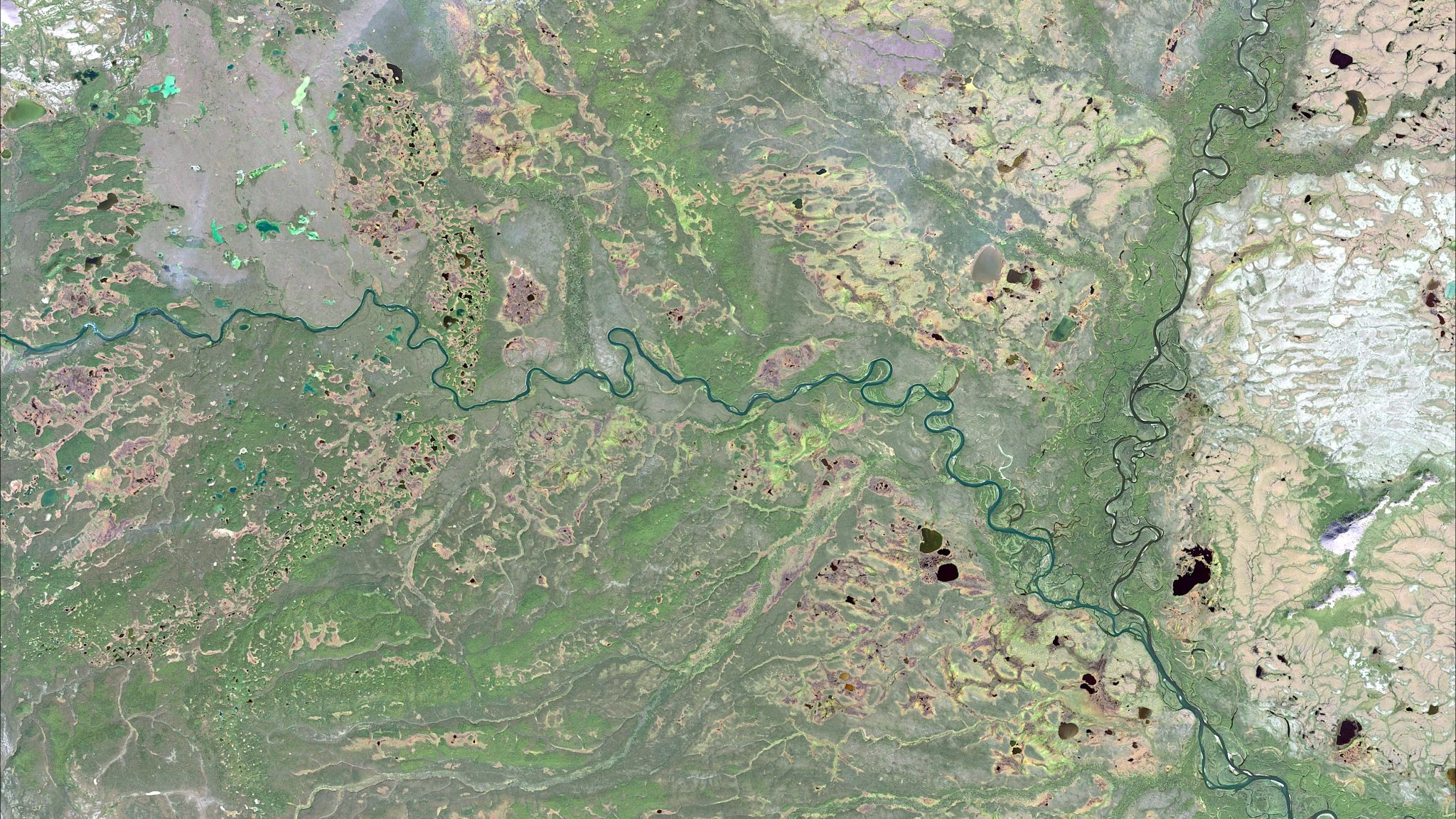Top 5 Innovations in Scientific Consultancy You Should Know About
Introduction to Scientific Consultancy Innovations
Scientific consultancy is a rapidly evolving field that plays a crucial role in bridging the gap between cutting-edge research and practical applications. With advancements in technology and increasing demand for specialized knowledge, the landscape of scientific consultancy is continuously transforming. In this blog post, we explore the top five innovations in scientific consultancy that are reshaping the industry and driving progress.
1. Artificial Intelligence in Data Analysis
One of the most significant innovations in scientific consultancy is the integration of artificial intelligence (AI) in data analysis. AI algorithms can process vast amounts of data much faster than traditional methods, providing more accurate and insightful results. This capability allows consultants to identify patterns and trends that may have been overlooked, enabling more informed decision-making.

AI-driven data analysis also facilitates predictive modeling, which can help businesses anticipate future challenges and opportunities. By leveraging AI, scientific consultants can offer more tailored and effective solutions to their clients, ultimately enhancing their competitive edge.
2. Virtual Reality for Enhanced Collaboration
Virtual reality (VR) is revolutionizing the way scientific consultants collaborate with their clients. Through immersive environments, VR allows consultants to present complex data and models in a more accessible and engaging manner. This technology enables real-time collaboration, even when team members are geographically dispersed.
The use of VR in scientific consultancy enhances communication and understanding, making it easier to convey complex concepts and ideas. Clients can interact with data and models in a virtual space, leading to more effective problem-solving and decision-making processes.

3. Blockchain for Data Security and Transparency
Data security is a major concern in scientific consultancy, as sensitive information and intellectual property are often involved. The adoption of blockchain technology provides a robust solution for enhancing data security and transparency. Blockchain's decentralized nature ensures that data is stored securely, reducing the risk of tampering or unauthorized access.
Moreover, blockchain offers a transparent audit trail, allowing consultants and clients to track data usage and modifications. This increased transparency builds trust between parties and ensures that all stakeholders have access to accurate and up-to-date information.
4. Remote Sensing Technologies
The use of remote sensing technologies has transformed the way scientific consultants gather and analyze data from the environment. These technologies allow for the collection of high-resolution data from inaccessible or large geographic areas, providing valuable insights into various fields such as agriculture, environmental management, and urban planning.

By employing remote sensing technologies, consultants can deliver more comprehensive analyses and recommendations to their clients, ultimately improving outcomes and efficiency in project execution.
5. Cloud-Based Solutions for Scalability
Cloud-based solutions have become an essential component of modern scientific consultancy, offering scalability and flexibility that traditional systems cannot match. Consultants can access powerful computing resources on demand, enabling them to handle large datasets and complex simulations without the need for significant infrastructure investments.
This innovation not only reduces costs but also allows consultants to deliver services more quickly and efficiently. Clients benefit from faster turnaround times and the ability to scale solutions according to their needs.

Conclusion
In conclusion, these top five innovations are significantly enhancing the capabilities of scientific consultants, allowing them to deliver more accurate, efficient, and secure solutions to their clients. As technology continues to advance, it will be exciting to see how these innovations further shape the landscape of scientific consultancy in the years to come.
